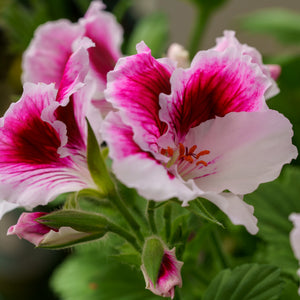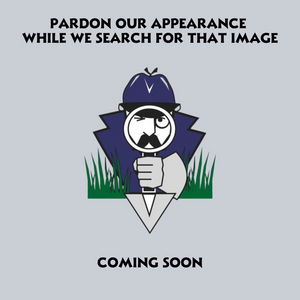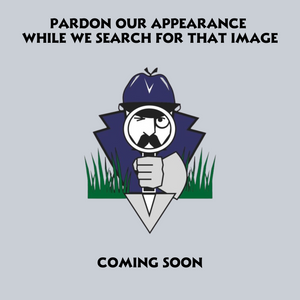The Pelargonium Guide
Pelargoniums, often confused with true geraniums, are beloved ornamental plants known for their vivid flower clusters, aromatic foliage, and drought-tolerant nature. From the classic zonal geraniums to the cascading ivy-leaved varieties and highly scented heirloom types, pelargoniums offer a dazzling range of textures and forms for containers, window boxes, and sunny garden beds.
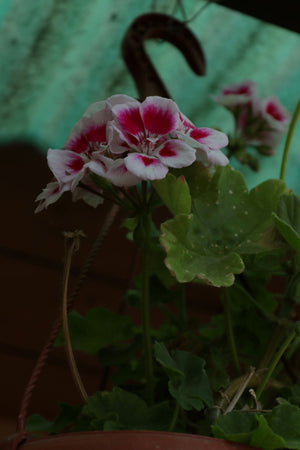
About
Native to South Africa, pelargoniums have been cultivated for centuries and now include hundreds of cultivars. Though commonly called geraniums, they differ from true geraniums (Geranium spp.), with distinct floral structures and cultural needs. The major types include:
- Zonal Pelargoniums (Pelargonium x hortorum) are compact and upright with banded leaves and bright, globe-like flower heads. Varieties such as 'Caliente' and 'Calliope' are robust garden performers.
- Ivy-leaved Pelargoniums (Pelargonium peltatum) have trailing stems and glossy leaves, ideal for hanging baskets and window boxes.
- Scented-leaf Pelargoniums like 'Mint Julep', 'Old Fashioned Rose', and Pelargonium citrosa are cherished for their aromatic foliage, often used in herbal products and culinary applications.
- Fancy-leaf and Regal Types (Pelargonium x domesticum) offer dramatic leaf patterns and ruffled blooms with a showy, old-fashioned look. Examples include 'Chocolate Cherry' and 'Lady Plymouth'.
Pelargoniums are typically grown as annuals in temperate regions but are technically tender perennials that can be overwintered indoors.
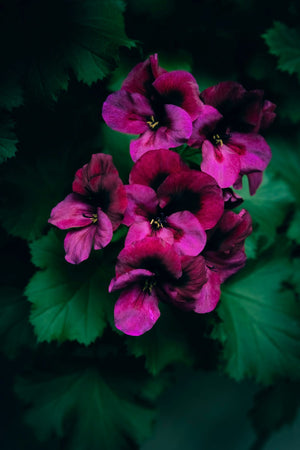
PLANTING
Getting your pelargoniums off to a good start means giving them plenty of sun and well-drained soil:
- USDA Hardiness Zones: Hardy in Zones 10–11. Grown as annuals or overwintered indoors in cooler climates.
- Soil: Well-drained potting mix or light garden soil enriched with compost. Avoid heavy clay or soggy locations.
- Sunlight: Full sun is ideal. A minimum of 6 hours of direct light ensures maximum flowering.
- Spacing: Space plants 10–14 inches apart to promote airflow and reduce the risk of fungal issues.
- Planting Time: After the danger of frost has passed. Containers can be moved outside once nighttime temperatures stay above 50°F.
Pelargoniums are ideal for containers, raised beds, or garden borders where their color and texture can be appreciated up close.
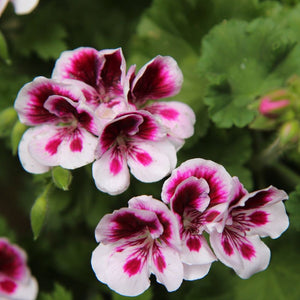
CARE
Pelargoniums are easy to grow with just a bit of regular maintenance to keep them blooming:
- Watering: Allow the top inch of soil to dry out between waterings. Overwatering can lead to root rot, especially in containers.
- Fertilizing: Use a balanced liquid fertilizer every 2–3 weeks during the growing season. Flower-focused formulas with higher phosphorus can enhance blooming.
- Pruning: Regularly remove faded blooms (deadhead) and leggy stems to encourage bushy growth. Pinch young plants early for fuller form.
- Overwintering: Bring plants indoors before the first frost. Keep in a cool, bright room and water sparingly through winter. Alternatively, take cuttings to root indoors.
- Pests: Watch for whiteflies, aphids, and spider mites, especially on indoor plants. Neem oil or insecticidal soap can help manage infestations.
Some scented varieties, like Pelargonium sidoides, are valued not only ornamentally but also for their medicinal applications.
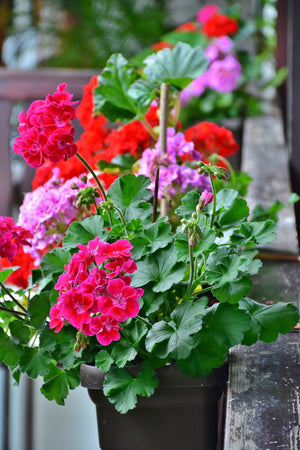
HOW TO USE
Pelargoniums shine in a wide range of garden and design settings, offering texture, fragrance, and continuous color:
- Containers & Window Boxes: Zonal and ivy-leaved types like 'Indian Dunes' and 'Persian Queen' are ideal for sunny porches or balconies.
- Herb & Sensory Gardens: Include scented varieties such as 'Mint Julep' and 'Appleblossom Rosebud' for their fragrant leaves and soft textures.
- Formal Bedding Schemes: Their bold color and uniform habit make pelargoniums popular choices for symmetrical displays and edging.
- Indoor Plantings: Smaller cultivars like 'Grey Lady Plymouth' can be kept on bright windowsills or in conservatories.
- Pollinator Gardens: While not as rich in nectar as some natives, the vibrant blooms can still attract bees and butterflies in mixed beds.
Pelargoniums pair beautifully with calibrachoa, lantana, bacopa, or verbena in summer containers.
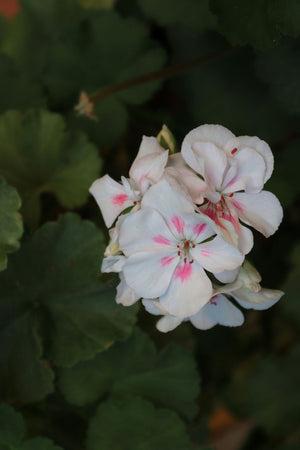
COMMON QUESTIONS
- How to care for pelargoniums? Provide full sun, allow soil to dry between waterings, and fertilize regularly. Deadhead and prune to maintain shape and flowering.
- How to prune pelargoniums? Pinch back tips early in the season, and trim back leggy stems as needed. Remove spent flowers regularly to prolong bloom.
- How to take cuttings from pelargoniums? Snip non-flowering shoots 3–5 inches long, remove lower leaves, dip in rooting hormone, and plant in moist potting mix.
- Can you overwinter pelargoniums? Yes. Bring indoors before frost or take cuttings. Keep them in a cool, bright location and water lightly.
- Do pelargoniums come back? In frost-free climates, yes. In colder areas, they must be overwintered indoors or grown as annuals.
- Are pelargoniums toxic to dogs? Yes, they can cause mild gastrointestinal upset if ingested.
- Are pelargoniums toxic to cats? Yes, they may cause vomiting, lethargy, or loss of appetite.
- Do deer eat pelargonium? Rarely. Their aromatic foliage tends to repel deer.
- Do rabbits eat pelargonium? Rabbits typically avoid them, though young seedlings may be nibbled occasionally.
Conclusion
Pelargoniums bring a burst of color and character to sunny gardens and containers. With their low-maintenance nature, wide variety of forms, and adaptability to indoor or outdoor life, they remain a favorite among gardeners looking for continuous summer blooms. Whether cascading from a window box or perfuming the garden path with scented foliage, pelargoniums are reliable performers worth revisiting year after year.
The Pelargonium Collection
Sold Out
Sold Out
Sold Out

